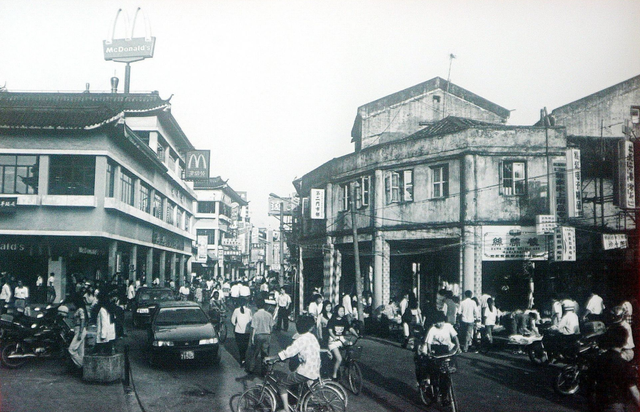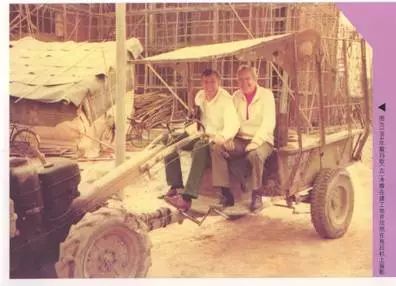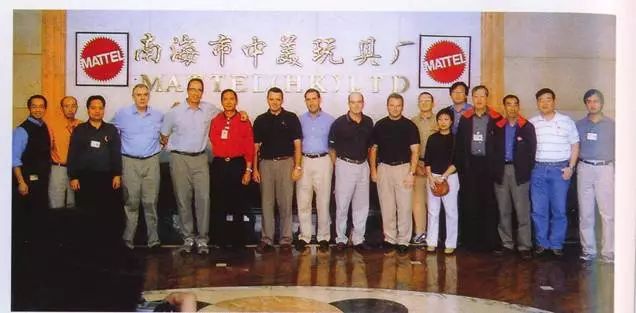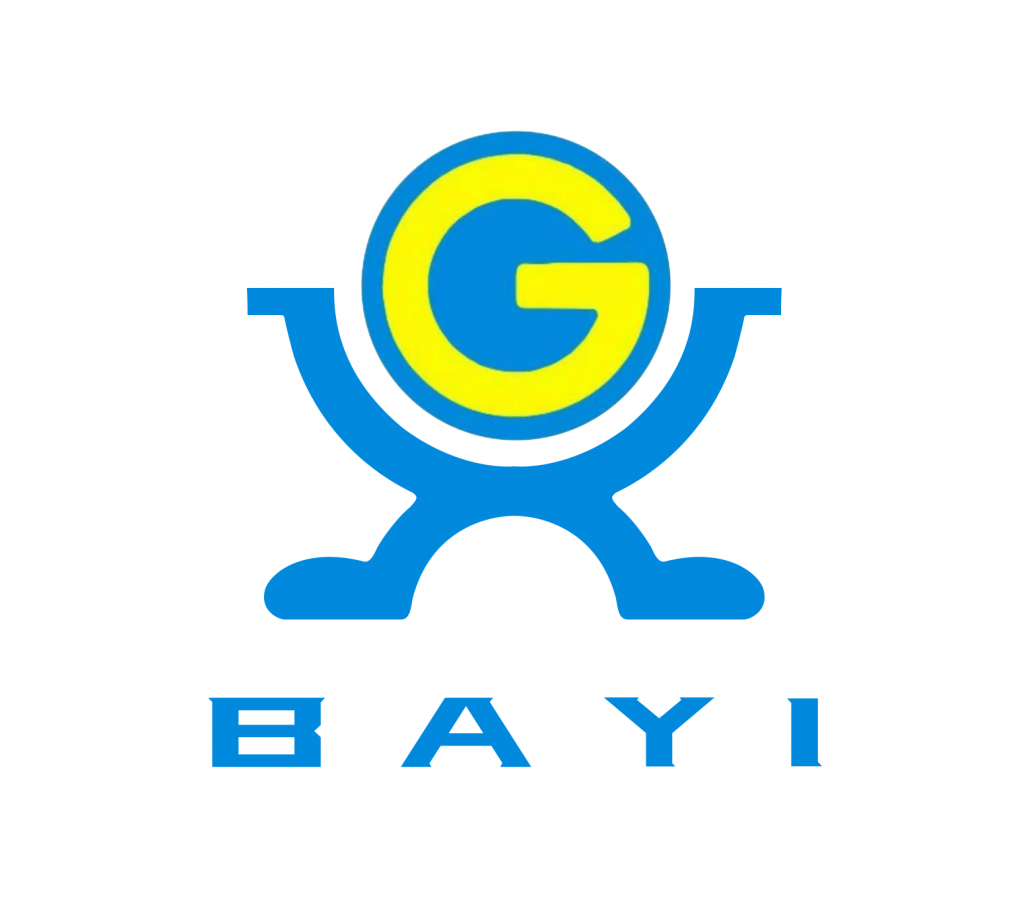What Toys Are Made In China First We need to know Guangdong is the world’s largest toy production and export base. Its annual toy exports account for 70% of China’s total and more than 50% of the global market.
Many colleagues can’t help but ask, why are all the world’s toys made in China?Let us see the development of toys in China.
1. Tin Toys

In the 1920s and 1920s, China’s toy manufacturing began to take shape as the tinplate manufacturing industry emerged in the area around Shanghai. Western influence in the region led to the manufacturing of Western tinplate toys, which became very popular.
War-related toys, such as fighter jets, tanks and soldiers, dominated the market during Japan’s invasion of China in the mid-1930s. After the Communist Revolution of 1949, toys became a propaganda tool, especially during the Cultural Revolution (1966 – 1976), dolls wearing Mao suits and cars painted with political slogans became popular.
2. 1978 China reform and open policy

Prior to this, China did not have any substantive commercial relations with the United States. Before Nixon visited China in 1972, the United States did not even establish diplomatic relations with mainland China. In the mid-1980s, the private sector re-emerged in some areas and recovered rapidly – naturally fueled by the fact that the United States was the world’s largest consumer market and China had cheap labor.
There was already a trend in Asia to manufacture toys in the 60s and 70s, but the real turning point came in the late 80s when toy production moved from Hong Kong (and Taiwan) to cheaper inland locations.
In fact, the history of East-West trade shows that the concepts behind toys, such as porcelain dolls, were passed from East to West, but the toys themselves were passed from West to East. As Dennis and others have pointed out, toy manufacturing moved inland from Hong Kong, an outpost of the West, in the late 1970s.

In 1984, Dai Mago (left) photo on the tractor.

Mattel and other foreign-funded companies have identified the first batch of OEM companies in China
3. Shenzhen Toys Factory Worker “Kaida Mei”
By the early 1980s, Hong Kong had become the world’s largest toy export center, but rising labor and land costs forced the colony’s toy manufacturers to move inland.
In 1984, China designated Shenzhen, Guangdong Province, as its first special economic zone, providing foreign investors with a tariff-free environment of low-cost labor and affordable housing.
Hong Kong toy manufacturers are moving more and more production to the mainland, while keeping value-added work such as product design, production planning, quality control, management and marketing in Hong Kong. Inspired by the special economic zones, multinational toy companies began to set up factories inland, especially in the Pearl River Delta region of Guangdong.

The first generation of migrant girls was born in Shenzhen and is inextricably related to the Kaida Toy Factory. Kaida is one of the earliest wholly foreign-owned enterprises in Shenzhen. The scale of the company with more than 1,000 employees supported “half of the Shekou Industrial Zone” at that time. They, the first group of migrant girls to come to Shekou, witnessed the rise and fall of a foreign-funded enterprise, and also witnessed Shekou’s transformation from barren mountains to prosperity and modernization. Behind them are just ordinary working girls. The yellowed photos reflect the happiness and sadness of everyone in that era.
4. The golden age of toy development
China has developed a solid industry and service support network in logistics, communications, parts manufacturing and other areas to help international companies improve productivity, reliability and delivery capabilities.
By 1993, China had become the world’s largest toy producer and major exporter, with exports reaching US$8 billion.
China’s accession to the World Trade Organization in 2001 strengthened its domestic industry and led to a substantial increase in exports. In 2006, China exported 22 billion toys worth US$7.5 billion.
Hong Kong is a place where the toy manufacturing industry developed rapidly in the 1960s. In 1997, Hong Kong returned to the motherland and became a key factor in the rapid development of China’s toy industry.
The toy industry is one of Hong Kong’s oldest and largest export industries, and Hong Kong is also a leader in global toy exports.
In 1996, its output value reached HK$2.5 billion (Hong Kong Trade Development Council, 1999). One of the strengths of Hong Kong’s toy industry is its ability to absorb technologies and skills from other industries such as clothing, electronics and metals
On the basis of producing plastic molded toys, Hong Kong toy manufacturers have added production skills in this industry. As a result, they improved product quality and earned good profits
The second advantage of Hong Kong toy companies is that by shifting production locations to mainland China and other Asian countries such as Thailand, Malaysia and the Philippines, product costs can be significantly reduced. Therefore, Hong Kong’s role shifts to quality control, management, marketing and new products design.
In addition to its leadership in toy exports, Hong Kong’s toy manufacturers have also become one of the most efficient toy production managers in the world, especially when toy production involves components of different materials. Hong Kong toy manufacturers also understand the market trends in major toy markets such as the United States, Western Europe and Japan through original engineering and manufacturing contracts.
Some toy OEM factories are developing rapidly
Early Light Intemnational (Holdings) Ltd. expanded in Shenzhen. In 1991, the Hexia Factory was established. In 1997, the Shanxia Factory was established with more than 10,000 employees. In 2006, the Shaoguan Factory was established with 8,000 employees. In 2007, it had more than 80,000 employees and a factory area of 20 million square feet.
Yongqin Toys (Shenzhen, now moved to Heyuan) was established in 1994, and the Heyuan factory was established in 2006. At its peak, the number of employees reached 8,000.
Zhentai Toys established its second production base, Guangzhou Jetta Factory, in 1990, its third Guangzhou factory in 1994, its Panyu factory in 1997, and its Shaoguan factory in 1999. The total number of employees reaches 50,000.
Huasheng Group was listed in Hong Kong in 1987. In 1995, the Huahang factory was put into operation in Nanling. In 1998, the Changrong factory was put into operation in Qingxing. In 2003, the Huahui factory was put into operation in Yunan. In 2010, the Chuangfeng factory was put into operation in Beiliu. In 2012, it was profitable The Feng factory was put into operation in Humen. Huarong started production in Beiliu, Guangxi in 2016, and Changde started production in Qingxi in 2017. At its peak, the number of employees reached 50,000.
GFT Group moved to Huizhou in 1998. In 2007, it built a factory in Haiphong, Vietnam. In 2010, it established three factories in Haiyang, Haiyang, Vietnam. In 2017, it built another 8 branches in Haiyang. In 2018, it built another 9 branches in Haiyang.
China’s accession to the World Trade Organization in 2001 strengthened its domestic industry and led to a substantial increase in exports. In 2006, China exported 22 billion toys worth US$7.5 billion.
By the end of 2018, China’s toy production accounted for 75% of the world’s total production
